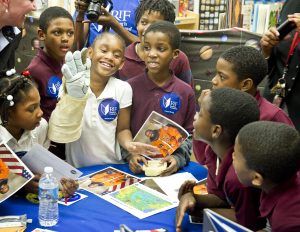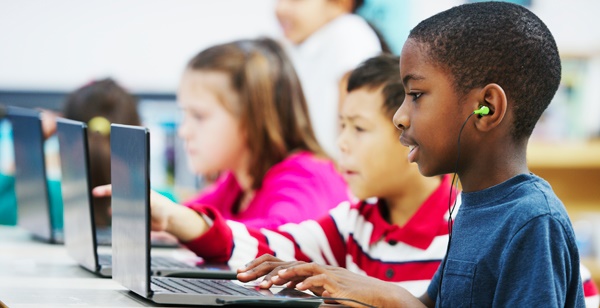The world is changing rapidly with technology and the fact that the world is a global village, skills learnt today can easily become obsolete tomorrow. With technology doing some of the day to day operation in various industry, the skill set required for the new global citizen is different.
Digital technologies are taking on more tasks. This is particularly true for routine tasks that are easy to automate such as a cashier’s job. In the past as an accountant, you need to know which accounts to debit and credit but with accounting packages, anyone with a little training can perform the “accounting entries”. Coding was mainly done by “engineering geeks”, now anyone can learn to code and develop applications and games. You can learn any skills without going to a formal classroom. While it may leave the hairdresser relatively untouched, but technology makes the surgeon dramatically more productive—with digital imaging. Technology creates new jobs, eliminates some jobs, and makes other more productive.
Technology has helped to unbundle traditional occupations into smaller tasks that can be performed by workers located anywhere in the world. More businesses are realising they need to embrace digital technology and incorporate technology into the core strategy. The implication is that there are going to be demand for new skills. And to make matters worse, because technology moves so fast, there is a need to constantly be updating skills sets.
The implication for parent and educators: the rise of information technology is increasing the demand for high-skilled graduates who can use that technology effectively. The ability to use technology is one way for them to take advantage of technological advancement. But another is to excel at those skills that technology carries out less well. It is not enough to train learners to use computers: to navigate a rapidly changing world, they must interact effectively with others, think creatively, and solve problems. Therefore, students entering the workforce need better critical thinking and socio-emotional skills. The 21st century child needs the 4 Cs – – creativity, critical thinking, communication, and collaboration.
- Creativity
Creativity is the ability to produce new, diverse and unique ideas. Thinking creatively means looking at things from a different perspective and not be restricted by rules, customs, or norms. To build creativity students must learn to brainstorm, create new ideas, elaborate, refine, analyse, evaluate and execute their own ideas
- Critical thinking
Critical thinking involves logical thinking and reasoning including skills such as comparison, classification, sequencing, cause/effect, patterning, analogies, deductive reasoning, forecasting, planning, hypothesizing, and critiquing.
Students need to develop critical thinking skills by learning to gather relevant information, use different kinds of reasoning to understand a situation, analyse complex systems, understand how their interconnected parts support the systems, ask important questions that clarify points of view and make decisions by selecting appropriate criteria and identifying alternatives to make reliable choices.
- Communication
Communication is expressing thoughts clearly, crisply articulating opinions, communicating coherent instructions, motivating others through powerful speech. To build effective communication skills students must learn to communicate using digital media, share information efficiently and effectively using appropriate digital media and communicate thoughts and ideas clearly and effectively to different audiences using various media and formats.
- Collaboration
Collaboration occurs when two or more people work together to accomplish a shared, common goal. To build good collaboration Skills, students must learn to work effectively with different groups of people, including people from diverse cultures, be flexible and willing to compromise with team members to reach a common goal.

All the skills that help individuals succeed in rapidly changing technology advanced world are built on the same foundations of reading, writing and numeracy. When we think about bringing the 4 C’s into our classroom, we don’t need to “add” a thing. To help students master these skills, what we need to do is to change HOW we teach and learn in our classrooms. It is the process of learning, not the content of learning, that addresses the 4 C’s.
We can help students build creativity and critical thinking by the types of questions we ask them to respond to. With all the information that can easily be found online, we no longer need to have students think of things, but think about them.
We can build their communication skills by asking students to help solve a problem and let them share their solution using formats they see in the world around them, such as digital stories, eBooks, virtual museums, video journals, news broadcasts, and interactive games.
And lastly, collaboration is about pairing children in class to work and learn together and even help one another. Assigning projects and homework to teams enhances student learning and builds their collaboration skills.
Is your child’s school adequately equipping your child with the skills to compete and win in the new global economy?


